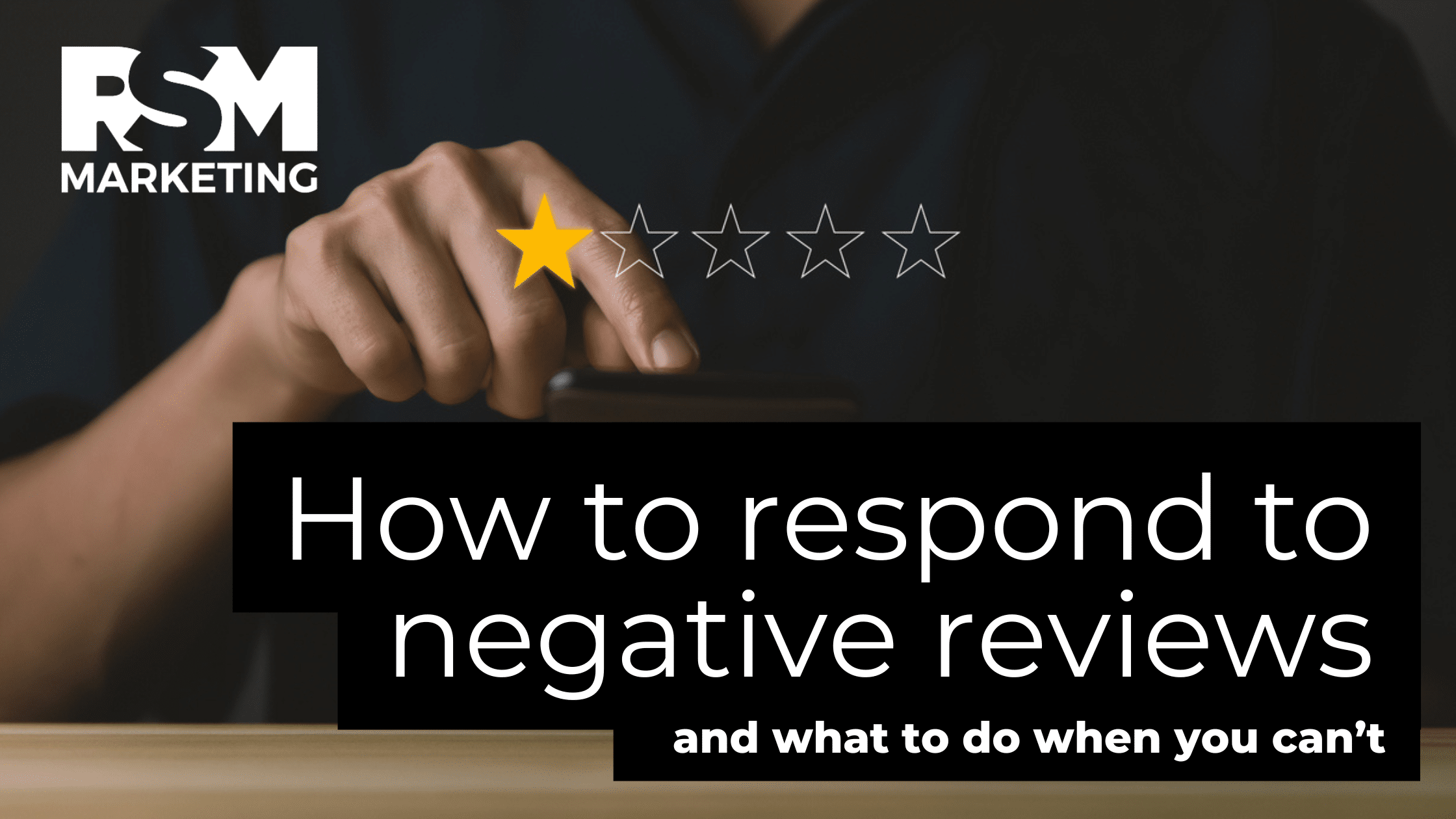No matter if you’re a new startup or an internationally recognized business, budgeting is always going to be one of your top concerns. One area of budgeting that can be difficult to calculate is how much you should spend on marketing.
If you’re not marketing your business, you’re not drawing in new customers or keeping top-of-mind with the ones you already have. Marketing can be expensive, but there are also affordable ways to get your name out there, especially if you use digital marketing to your advantage.
But how much should you be spending and how do you determine where to spend your marketing budget?
How Much Do Companies Spend on Advertising?
A great way to judge how much to spend is to compare yourself to other businesses. Of course, every company works differently and no two businesses will use the same marketing methods. However, it’s still important to consider what you’re spending in relation to other businesses. While money spent on advertising isn’t the most important metric, it can help you gauge how well your business is doing and give you more statistics and financial data that can help you determine your marketing budget.
So let’s take a look at some of the biggest spenders in the U.S.:
- Samsung Electronics– $2.41 billion
- Alphabet, Inc.– $2.41 billion
- Charter Communications– $2.42 billion
- Ford Motor Company– $2.45 billion
- Amazon– $3.38 billion
- AT&T– $3.52 billion
- Procter & Gamble– $4.39 billion
- Comcast Corp.– $5.75 billion
As you can see, these corporations are willing to spend billions of dollars on advertising. However, just knowing how much they spend without understanding the context isn’t very helpful. In other words, we need to know how much they spend in relation to their actual revenue. This will give you a much better figure to work with and it’s something you can personally apply to your business.
Determining Your Marketing Budget With Revenue
One of the best ways to give context to the amount spent on marketing is to compare it to the company’s gross or projected revenue. As you spend more on marketing, you should ideally be growing your revenue as well. Failing to do this usually means that your marketing strategies aren’t working or aren’t suitable for your industry.
As you grow your business’s market share, you’ll have to spend more money on marketing to remain competitive. This requires you to spend more of your revenue as you grow, so instead of just using static figures, we can switch to using percentages of your revenue to determine your marketing budget.
Between July 2018 and August 2018, The CMO Surveyconducted a surveyto discover more insights on marketing spend in several different industries. Chief Marketing Officers spent roughly 9.4% to 12.1% of their company’s budget on marketing. It can vary from industry to industry, but these are numbers taken from a survey pool of 2,895 top marketers in the U.S. These respondents, whom 95.3% were at the Vice President level or above, spent incredible amounts of money on marketing. Much of this spend was for digital advertising, content creation and online promotional campaigns.
So we can average this to around 10% of their revenue being spent on marketing. In reality, your marketing spend may fluctuate between 5% and 10% depending on your goals.
For example, if you’re only planning to maintain your current level of awareness, then reducing your marketing spend to 5% of your revenue or lower may be acceptable. However, if you’re creating a new product and want to grow your visibility or gain market share, then your marketing strategy needs to change and you should invest around 10% of your revenue into your marketing budget.
This figure can also change depending on the current stage of your business. Many companies willspend upwards of 20% of their gross or even projected revenue on marketingjust to get their name out there. This can gradually get lower as your business grows, but it’s difficult to determine the exact amount you should spend due to a large number of different factors.
Steps to Determine Your Marketing Budget
To help make things easier for you, we’ve put together these simple steps to help you determine your marketing budget. Again, these values can change a lot depending on the type of industry you’re in and the approach your business wants to take, but this should give you a general idea of how you can determine how much you should spend on marketing.
1. Consider the Current Stage of Your Business
Are you a brand-new startup with limited funds? Are you being crowd-funded and have capital to lean on? Are you an established company looking to expand into the international market? There are plenty of considerations to keep in mind and you need to think about categorizing your business based on your current marketing ability.
Here’s how we would break down the different stages of business and how much you should consider spending on your marketing budget:
- Startupsshould consider spending between 10 and 20% of their gross and projected revenue on marketing. The reason for spending so much money is simple; you need to build marketing momentum and establish your audience before you’re able to market to them. This means going the extra mile and spending more to grow your digital presence, reach more people on your social platforms and invest in evergreen content on your website to make it SEO-friendly. Once you’ve established these marketing fundamentals, you can start lowering the amount you spend.
- Small and medium-sized businessesthat have established themselves with a digital presence should consider lowering their advertising spend to around 8 to 15% of their gross revenue. Since your business is somewhat established now, you don’t need to delve into your projected revenue as much as before. This advertising spend is mainly to help you stabilize your brand’s presence in the industry while also pushing for market share in certain areas that you can compete in. As you lower your marketing budget during this phase of your business, you should be directing those funds to research and development to polish your product and establish yourself in the industry.
- Established businessesthat have a large following, excellent social media awareness and even an international presence should consider spending around 5 to 10% of their gross revenue on marketing. This is the stage of your business where you’ve established yourself in the market, you have your product or service that you’re known for and you’re either refining it or finding ways to pivot your business model. This is the stage you reach when your business has been around for a couple of years and has already established a following. The marketing spend should be around 5% if you’re only looking to maintain your brand’s awareness, but it should be increased up to 10% if you’re looking to increase your market share or push a new product.
This is a massive generalization of the stages that your business can reach and how much you should be spending on your marketing budget. However, it’s a great way to start with a rough idea of where you should begin. There are many other factors that will affect how you determine your marketing budget, and we’ll be going through each of them in greater detail below.
2. Consider Your Business Goals
Marketing is a huge component of your business that will ultimately help you reach your goals. But what your goals are will change how you determine your marketing budget in the first place.
For example, if your focus is growing your social media presence, then more of your budget should be spent on influencer marketing, social media campaigns and so on. However, if your goal is to increase awareness about a new product of yours, then you should focus on trade shows and outreach. These marketing strategies all cost varying amounts of money and will greatly affect how much you can spend on advertising. Balancing the costs of developing your products and services with advertising is the key to reaching your business goals.
Here are a couple of sample goals that we consider common among businesses and whether you should increase or lower your marketing budget.
- Reconnecting with past leads and clients –If your current leads are running dry then it’s never a bad idea to reconnect with past clients and network with people you’ve met at trade shows. This generally doesn’t involve much marketing spend since you should already have data on past interactions. This will result in a decrease in your marketing spend but is generally combined with other marketing strategies.
- Identifying new audiences –New audiences can be difficult to find especially if you’re trying to break into new markets. If you already have a strong social presence then this can be inexpensive to achieve, resulting in little change to your marketing budget. Instead, you can simply maintain your current level of exposure. However, once you’ve identified a new niche or audience to target, you can gradually increase your marketing budget to reach them.
- Breaking into new markets –Attempting to break into a new market, whether it’s another country’s or the international stage, involves a lot of money. As such, your marketing spend will spike through the roof during this stage and you should only consider it as part of a long-term plan to grow your brand.
- Improving customer relationships –This typically involves reconnecting with existing clients and customers. It could mean speaking to them about positive changes to your products, improving your customer support or even addressing concerns about future services and products. This generally doesn’t involve much marketing spend as you’re addressing existing customers, not attempting to get new ones. As a result, you won’t need to increase your marketing spend.
- Growing your market share –If you’re an established business that is fighting with other companies over market share, then you’re likely a large corporation with a lot of influence and a huge audience. In a case like this, even small percentage increases could mean millions spent on new advertising strategies. Growing your market share often involves staying ahead of your competition, increasing engagement, marketing to niche audiences and pushing new products and services. This involves a lot of money, much of which will be invested in your marketing in order to put all eyes on you.
- Maintaining public awareness –Perhaps your business is currently doing well and your only concern is holding your audience’s attention. In a case like this, an argument could be made that you only need to increase or decrease your marketing budget enough to maintain your current level of public awareness and engagement. This usually happens when your business is working on developing new products and services that aren’t yet ready for the public.
There are countless different business goals that might change the way you approach your marketing strategy. Hopefully, these sample goals have given you a good example of when you should be increasing or decreasing your marketing budget according to your revenue. We suggest running the numbers of your own business to determine how much you can increase or decrease your marketing budget.
Again, these are generalizations and they should be taken with a grain of salt. Anything that involves increasing your revenue is going to require you to increase your marketing budget.
3. Picking a Channel
There are many different advertising platforms to pick from and they each come with a number of pros and cons. Depending on what you’re looking for, it’s a good idea to consider each one.
- Your business websiteshould be considered as the hub of your digital presence and a lot of money should be invested in it. That said, the cost of a good business website will depend on how much functionality you require.
- Trade shows and industry eventscan range from very expensive to extremely affordable. If it involves obtaining a license, shipping your heavy products overseas and renting a hotel, then it’s going to be expensive. If it’s just driving to the next city with your products in your trunk, then it’s perfectly reasonable for smaller businesses.
- Social media platformsare inexpensive to market on if you make use of internet-savvy interns and community managers. However, having real-time engagement and PR integration takes it up a level and can make it very expensive.
- Content marketingcan range from affordably produced videos for your products to full-scale productions and content writing such as technical manuals.
It’s vital that you pick a channel that is suitable for both your budget and your business goals if you want to make the most out of your marketing budget.
4. Calculating the Financials
Now that you have a general idea of when you should increase or decrease your marketing budget, let’s talk about the financials and what you should be calculating in order to get solid figures that will help you make important marketing decisions.
First, we need to make it clear that in order to have any workable financials to use, you need to have tried marketing your products in the past. For example, you’re not going to know how much you pay for a lead unless you’ve run a promotional campaign in the past. While you can use some average figures offered by other businesses and marketing resources, there’s no telling how accurate those figures are given that it’s not your business or the same circumstances.
Once you’ve made a couple of marketing attempts and have figures to use, we can start working on the financials to figure out how much you spend per lead and how much you should be spending in the future for marketing. This is a key component when it comes to determining your marketing budget.
Here are the two figures you need to work out in order to determine your marketing budget:
- Your average cost per lead
- Your average conversion rate
Your average cost per lead is a simple calculation; total the amount of money spent on marketing and divide it by the number of leads you generate. For example, if you spent $200,000 on a recent marketing campaign and generated 2,500 leads, then your average cost per lead is $80.
If you’ve yet to run any promotional campaigns then we suggest recording all of the figures and saving all of the data related to your campaigns. This should be done automatically if you’re using a reputable service or CRM solution to help manage and monitor your marketing campaigns. If you really want to figure out the average cost of a lead in your industry without using your own figures, then you can see what other companies are achieving by looking at benchmarks and reports from other businesses. The exact value will depend on many different factors, such as your industry, audience, local audience and the time of year.
Your average conversion rate is another easy calculation. Simply divide the number of conversions (or sales) you recorded by the number of total leads. For example, if you’ve generated 2,500 leads but only 300 of them become paying customers, then your average conversion rate is 12%.
Again, these figures should be easy to procure if you’re using reputable systems to carry out or analyze your marketing campaigns.
Finally, determining your marketing budget is just a matter of multiplying the number of customers you wish to attract by the average cost per lead.
Let’s say we want to attract 1,000 customers at a conversion rate of 12% as given in our example. This means we need to divide 1,000 customers by 0.12, our conversion rate. This gives us 8,333, indicating the number of leads we need to reach 1,000 customers.
Now we multiply the number of leads needed by the cost per lead, resulting in 8,333 x $80 which is $666,640. This is the cost in our example to attract 1,000 new customers and should be roughly how much you need to spend. Therefore, each customer costs us around $666.64 to attract to our business and become paying customers.
Piecing it Together
Paying $666.64 for each customer sounds dubious, especially when you consider that this is around the minimum you should be spending. However, keep in mind that this is purely an example and should not be taken as a serious indication of how much you’ll be spending on marketing. It’s simply an example to illustrate a calculation to help you determine your marketing budget.
In reality, you’ll likely be tweaking those figures based on your own financials and what you wish to achieve. Perhaps your goal isn’t to attract new customers, but to get new followers on social media or gather interest in your new products. Calculating these figures is the key to determining not just how much you should spend on your marketing budget, but also how well you’re doing in terms of your Returns on Investment (ROI).
Be Smart With Your Marketing Dollars
If you want to find out how RSM can help you maximize your marketing dollars through our outsourced marketing department model, call 877-272-7810 or fill out the form below.





